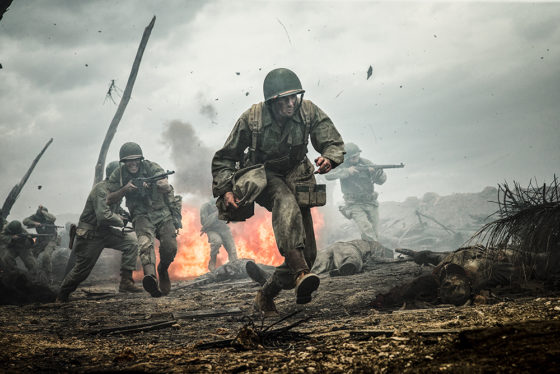
(Originally published in MilitaryHistoryNow.com on June 6, 2012)
ONE OF THE ironies of the June, 1944 Normandy campaign is that Third Reich, a regime so deeply obsessed with racial purity, would hold its Atlantic Wall in Europe with so many non-German foreign troops.
In fact, the list of ethnicities that manned the Nazi fortifications along the channel coast reads like a veritable multi-cultural who’s who. In his best-selling 1994 book D-Day: June 6, 1944, author Stephen E. Ambrose pointed out that one out of every six soldiers fighting for the Axis in France on June 6 was a non-German.
Poles, Latvians, Lithuanians and Estonians, all of whom opposed the Soviets, took part in the defence of Normandy, along with anti-Bolshevik Ukrainians, Georgians and Azerbaijanis. These foreign volunteers were grouped into units designated as Ostbataillone or “East Battalions”.

Also deployed was a unit comprised entirely of Indians who had flocked to the Nazi colours as a way to retaliate against British imperialism. Members of this outfit, known as the Tiger Legion, were recruited from the ranks of Allied POWs, while some conscripts travelled to Germany on their own to volunteer. The group, which was was made up of several hundred troops, was commanded by officers of the SS. While not actually involved in the fighting on D-Day, these Indian troops were stationed in the nearby Bordeaux region of France.

Most of Germany’s foreign troops in Normandy were never been intended for frontline service. Thanks to an Allied deception campaign, Berlin expected the British and Americans to cross the English Channel 200 miles up the coast at Calais. When the invasion of began, the defenders proved to be no match for the crack Allied units. Many of the non-German troops were either quickly defeated or simply surrendered at the first sign of the enemy.
In one more memorable encounter, members of the American 101st Airborne stumbled upon a group of surrendering Asiatic troops in German uniforms. Despite repeated attempts, Allied interrogators were unable to communicate with their curious Wehrmacht prisoners. Only later was it discovered that the soldiers originally hailed from Korea and had absolutely no interest in fighting for the Third Reich. How they ended up in German uniform is one of the Second World War’s most outlandish sagas.
The story began in 1938 when the men were forced by Japanese occupiers to fight in Emperor Hirohito’s war against the Soviets. Once in the field, the small group of men surrendered to the Russians and were subsequently conscripted into the Red Army. Two years later, when the Nazis invaded the U.S.S.R, the Koreans found themselves thrown into action against the Axis, where they were captured yet again, this time by the Germans. The hapless squad was pressed into the Wehrmacht and then sent to France to help shore up the defences there. When the Allied landings began, the group turned themselves over to first GIs they encountered. It’s believed that they were finally repatriated at the end of the war, however some accounts of the story indicate that in 1945, the Americans returned them to the Soviets.
These Koreans likely came from Germany’s Battalion 43, yet another German foreign corps that consisted entirely of East Asians including Japanese, Chinese, Mongolians, and even some Thais and Indonesians. After serving on the Eastern Front, the battalion was transferred to the Atlantic wall prior to the D-Day invasion. The bulk of Battalion 43 was either captured or killed in action. The unit itself ceased to exist after June 6. Any survivors were disbanded and sent to fight in other regiments.










1 thought on “How Foreign Conscripts Helped Hitler Defend ‘Fortress Europe’ on D-Day”